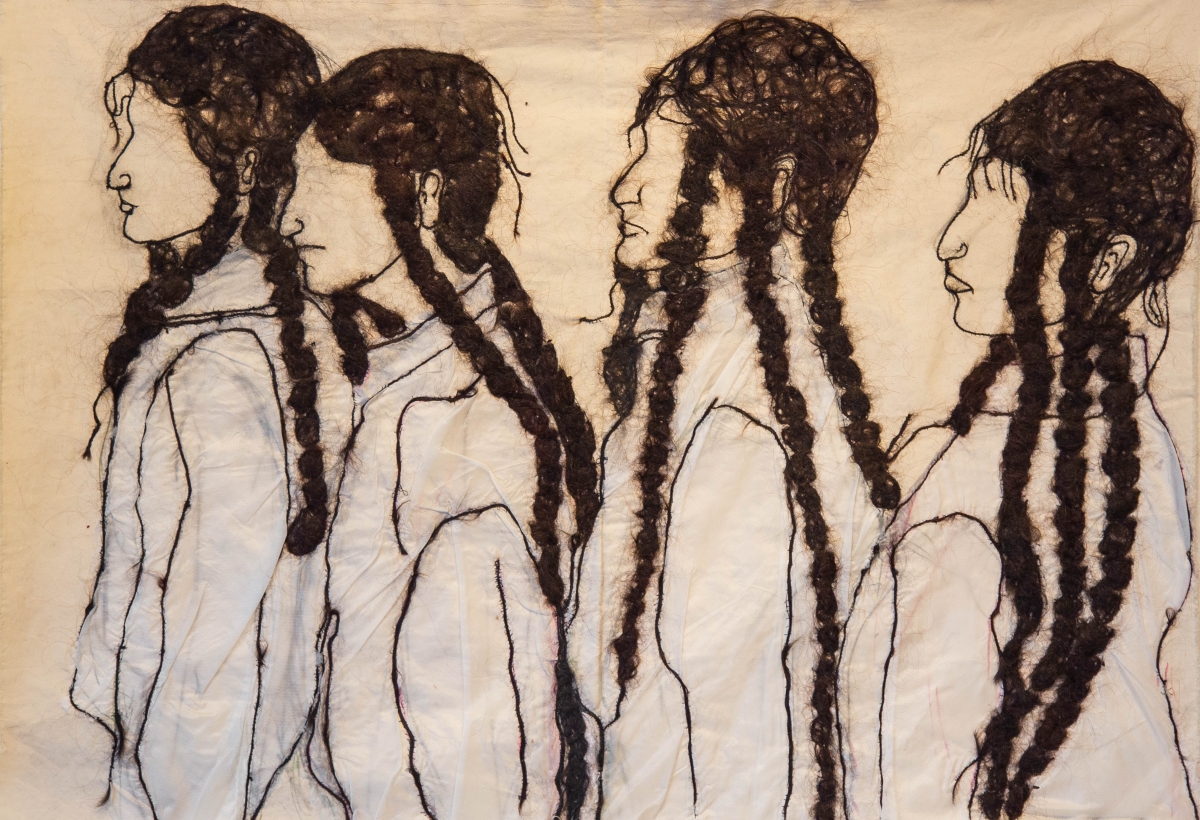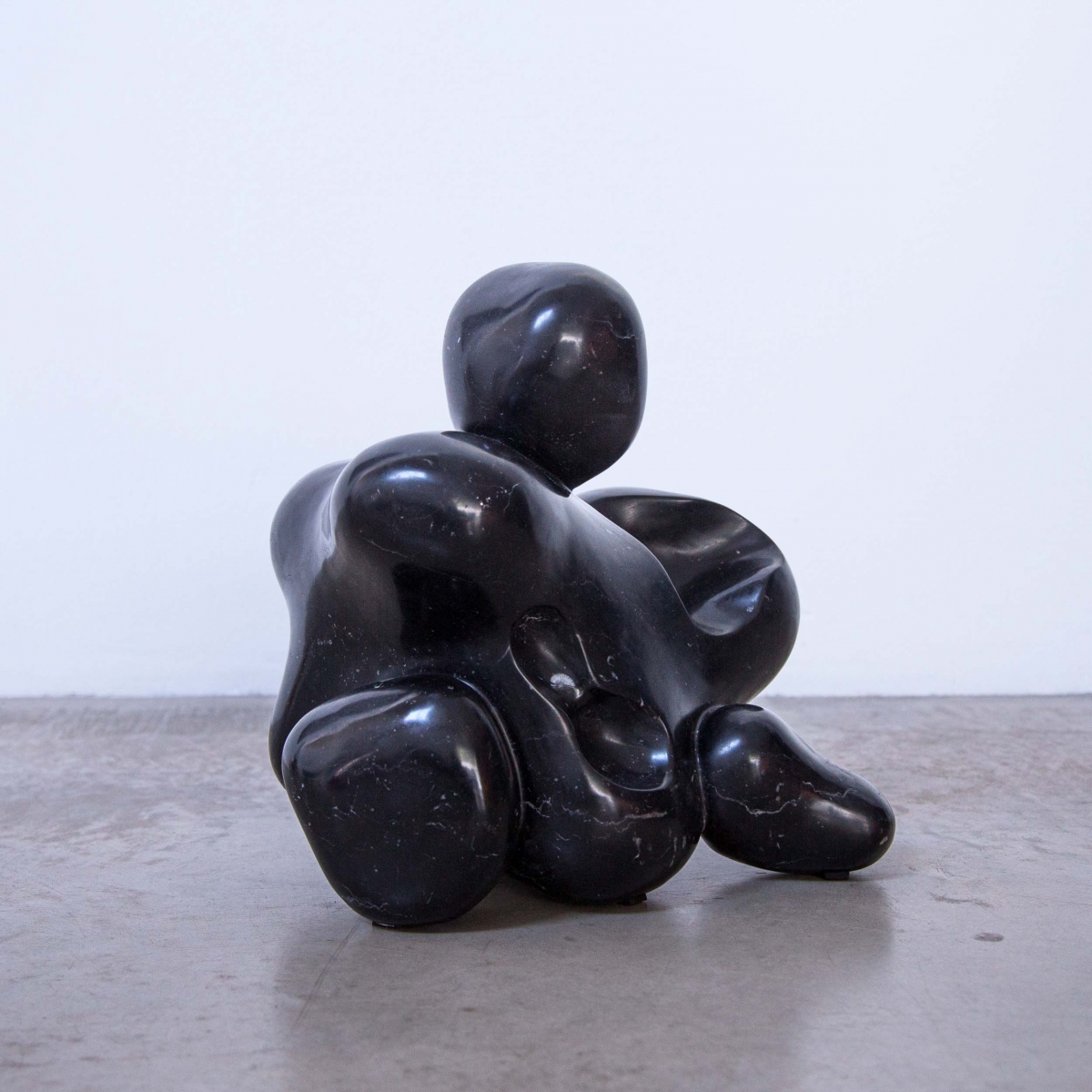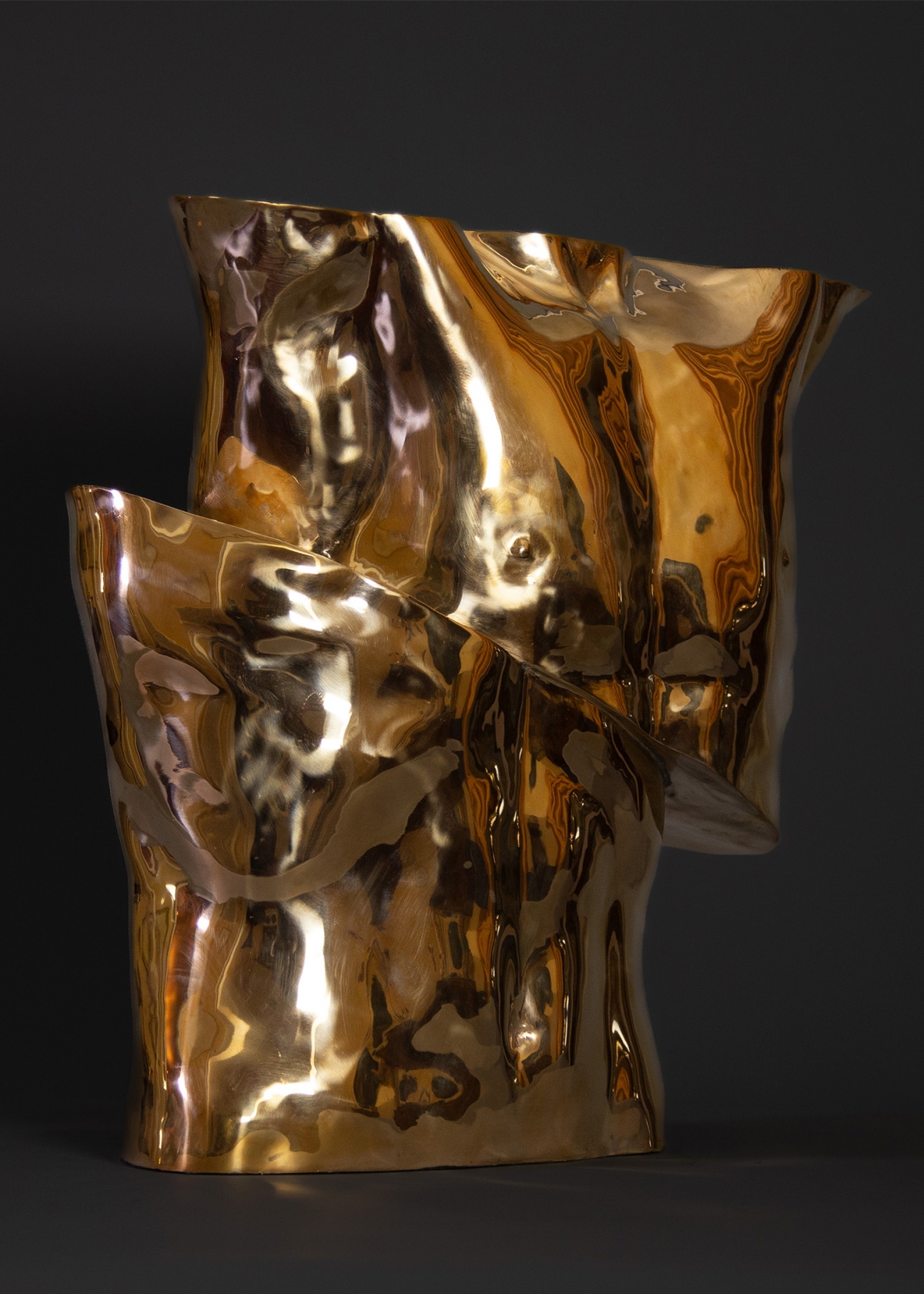I cookie ci aiutano a fornire i nostri servizi. Utilizzando tali servizi, accetti l'utilizzo dei cookie da parte nostra.
Closed Eyes Can See.
Zehra Doğan, Matteo Mauro
Text by
Rischa Paterlini
Domenico De Chirico
Opening 14.11.2024 at 6 PM
15.11.2024 - 14.01.2025
Via G. Ventura, 6
20134 Milan
“If I in thee were as thou art in me.” (Paradiso IX, vv. 80-81, Longfellow, Trans.): with these words Dante Alighieri opens up to the possibility of a fusion and understanding that transcend the visible, “if I in thee were” invites us to recognise the other and lose ourselves in its destiny, as in a deep process of identification. This momentum animates “Closed Eyes Can See”, an exhibition conceived by Ida Pisani as a bridge between two artists who, though they never met, speak a common language through art. At a time when divisions multiply, this exhibition acts as a metaphorical wall destruction, an invitation to understand the other as a part of oneself through silent dialogue and a shared inner journey.
Thus, at Prometeo Gallery an encounter that goes beyond words takes place, a space where the senses melt together, as Dante described. It is a “peeling” that allows us to transcend ourselves and enter a new vision, as suggested by the poet and writer Davide Rondoni (1964-). With this sense of connection in mind, two curators worked on this exhibition, each with their own awareness, two perceptions merging into a single narrative. The dialogue between the curators’ perceptions mirrors and complements the one between the artists, intensifying the themes of introspection and relationship that permeates the whole exhibition.
For Zehra Doğan, escaping herself is a tangible and painful experience, a passage that led her, through prison and exile, to new dimensions of resistance and expression. In her works hair, menstrual blood and newspapers become living matter; the body becomes an archive of memory and condemnation, not unlike Dante's “treasure” in the mind, which, however, is not enough to fully grasp the radiant reality of Paradise. Zehra too understands that the body, while powerful, is a limited tool and she pushes it to its limit. She opens it, “flays” it like Marsyas, the satyr from Greek mythology who dared to challenge Apollo in a music contest and was punished by being skinned. During this symbolic “flaying” Zehra exposes herself to the core and creates a language that defies conventions and claims its own truth.
“Turkey invalidated my passport. I am a refugee in Europe now, stuck in Berlin for a year, I have no right to travel. Each step gets trapped in the barbed wire of a plan divided by borders, as if I were a criminal.” Doğan reveals a feeling of confinement that extends beyond physical barriers. Her art becomes a soundless cry, and in the figures embedded in silence laden with memory, one can sense the weight of censorship and of the loss of identity. Every layer of paper seems to smother a part of itself. “I feel as if all the buildings that were destroyed in my city were above me”. It is not only a material burden but a spiritual one, an inner wreck filled with loneliness and resistance.
The feminine figure in the white dress, stained with red, embodies a hurt purity, a body that stands as a temple of experience and scars. That red, perhaps blood, perhaps life, becomes a purifying flame, a symbol of struggle and dignity. Zehra calls it a “self-worship rite”, a celebration of one's own being as an act of resistance, an attempt to reach, through matter, an existential beauty that transcends appearance. The weaved hair in her works is not merely aesthetic; each strand is a thread of memory, a symbol of identity and a root that connects her to the stories of the women who supported her. “Every time I touch this hair, it feels as if someone is holding my hand”, indicating the communion and strength these invisible connections instil in her. It is a rite that transforms rage into meditation, a marquetry guarding a vivid memory even on the edge of oblivion. Menstrual blood and other organic matter in her work challenge taboos and reclaim the body as a domain of resistance and authenticity. Blood becomes life and power, femininity that defies the shame imposed by society, inviting the viewer to engage with the vulnerability and strength of the body, as if each wound were a window into the mystery of existence.
Doğan's mother warns her: “When you were in prison I supported you by taking your art outside, but you’re free now and there’s no point in using your menstrual blood again. It is sinning.” Doğan replies: “It’s a form of expression. Artificial colours are irrelevant to what I want to communicate.” Her mother insists: “If you want to go to hell, be my guest. I hoped that during your exile you would have understood your sin, but no. You are blatantly selling it.” Despite this confrontation, Doğan’s roots and her homeland are deeply embedded in her works, as seen in the one depicting feminine figures surrounded by nature. This work evokes a return to the origins, a reconciliation with a land she was separated from, yet still lives within her. “I feel as if I came from another planet and was propelled here” she says, reflecting the estrangement that mirrors the inner detachment of exile.
Next to Zehra Doğan's expressive and material tension, Matteo Mauro's futuristic and multifaceted work appears intermittently, yet, at the same time, strongly intertwined in a dual sense of power: the first heavily textured thanks to sculptural prowess, a deep understanding of statuary and obvious technical skill capable of shaping remarkable densities; the second, constantly flowing beyond the tangible, explores more metaphysical layers that are, however, the consequences of the material’s advancement into surrounding space, a complacency in its own motion. Such duality is fundamental in Matteo Mauro's work, which constantly swings between complex combinations, such as complicity between figurative and non-figurative, between absence and presence, life and death, destruction and rebirth, and again between detached assessment and the most optimistic hope.
Here, the eyes can see even without seeing. Once sleepy, they falter in that ethereal state, a product of the matter's relentless might, moving past what’s visible and converging towards blurred discernible states and portended reflections. Among the exhibited works, Dolce Metà tells the story of a leap year that counts 20/20, a story of union and division, of an irreconcilable separation, split and dismembered, meant to remain forever in precarious balance. The imposing sculpture Demiurge follows the same aesthetic path: inside and outside of the form, constantly caught in the process of becoming without ever being either one or the other, arrogant, suave and incomplete energy relentlessly seeking elective affinity. Yet, according to the artist, this attempt seems futile and almost unachievable because the very act of touching never reaches complete fulfilment. The impossibility of merging the two alterities is marked by the microbiological space that separates them. This perspective is deeply connected with the philosopher’s Jean-Luc Nancy’s theory of the act of touching. According to him: "To feel oneself touching is not exactly to touch oneself, because one can touch something but not the experience of touching. Therefore the essence of touching is the untouchable. To experience touching means to experience the untouchability of the effects produced by touching”. On the other hand, the marble-like intensity of To be or not to be reflects on the complexity of the human condition, being thrown in the world, and the separation between being and not being, with not being conceived not as something perceivable but as an unimaginable oblivion. Finally, Atom for the war, an iconic work on the complexity of reality, represents a crossroads of proactive yet destructive instincts, encouraging the viewer to see the strength of matter as that which may ultimately save us from self-destruction.
As observed by neuroscientist Vittorio Gallese (1959-), “If I in thee were” is a way to feel the other from within, without losing oneself in them, and acknowledging that they are part of one’s life experience. In Zehra Doğan’s and Matteo Mauro's work, such empathy becomes a language that transcends the visible, inviting the viewer to participate in a silent and universal dialogue, where individual merges into a shared perception of existence.
Rischa Paterlini, Domenico De Chirico





